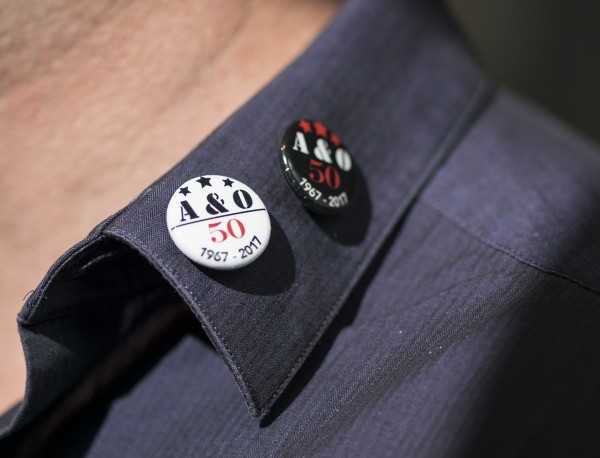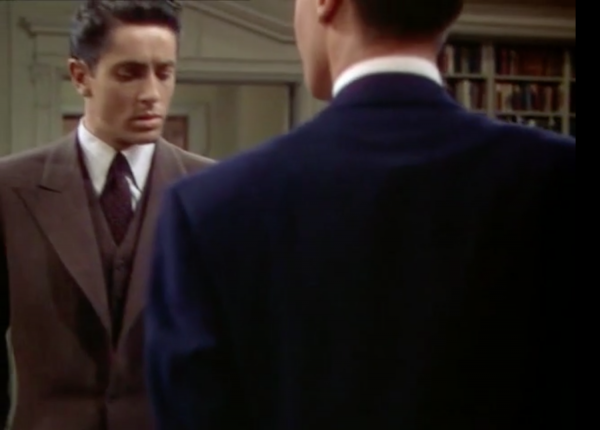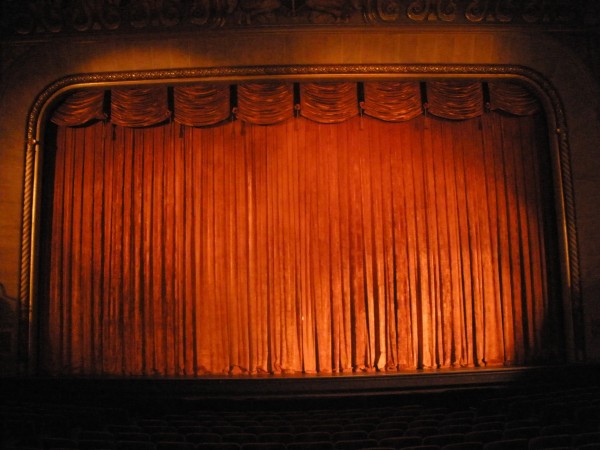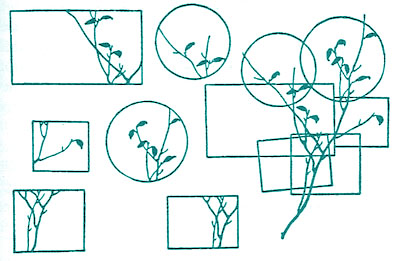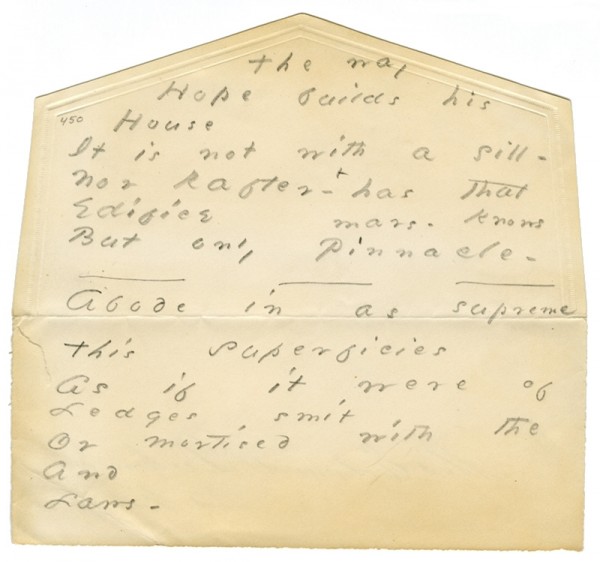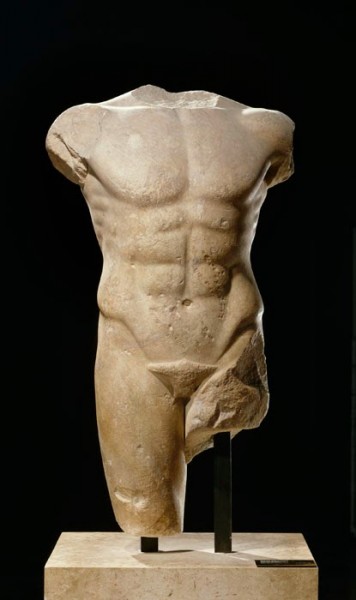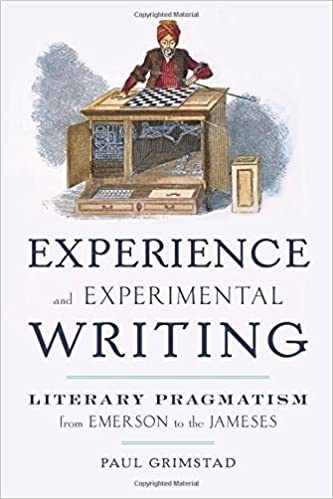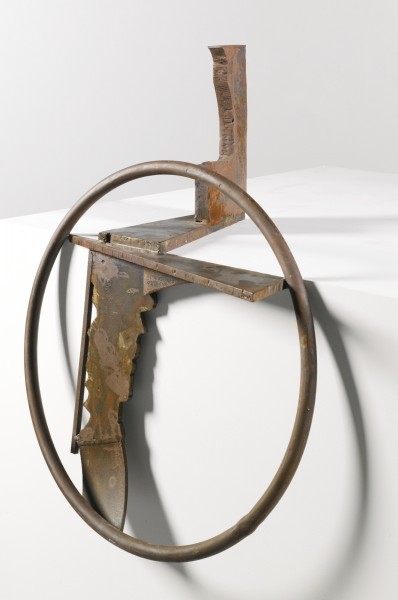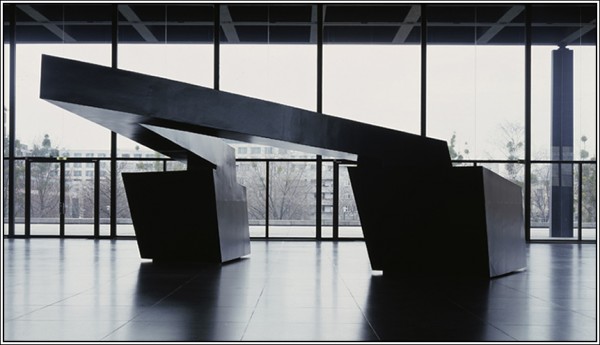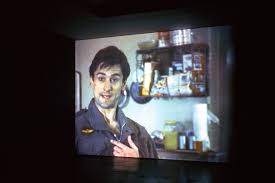
Art and Objecthood: Fried against Fried
It is just this split that Fried introduces into the world, and after which there is no going back because no matter how far back we go there is always the same doubling (this is part of the meaning of the Caravaggio book, which sees the problematic of absorption in a period notionally before modernism) and no outside (because even indifference is now only an attempt to overcome a prior scepticism, that is, an effort at absorption). All this is exactly that willed indifference that Fried evokes through Diderot in Absorption and Theatricality, in which painting must seek the “superior fiction” of not being beheld, just as the actor must ignore the audience in front of them (and this effect of will applies in Diderot—this is the important point—whether there is an actual audience or not).

